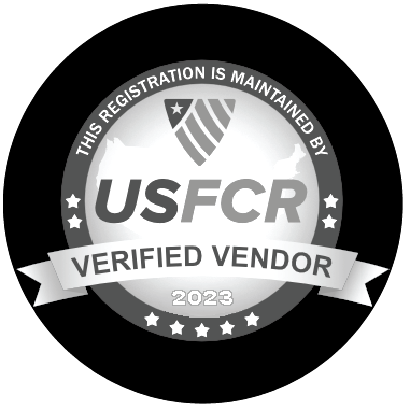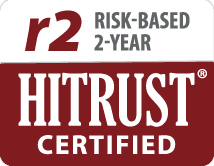You understand the value of data and how data is an essential asset to your enterprise. But you still have customer data, including regulated PII (Personally Identifiable Information), scattered away in silos.
While COVID has led to digital acceleration, organizations like yours are suddenly handling more consumer data than ever before. Consumer demand has shifted drastically in every industry (including healthcare), making it even harder to manage massive amounts of data that are now available to you and your teams.
Since data is spread across so many systems, it’s difficult to get value from your data, maintain privacy compliance, and respond efficiently to new data-sharing requirements. It’s time to take advantage of data opportunities by using technology that supports an effective data management strategy.
You’ve heard of data warehouses and data lakes, but have you heard about the new hybrid approach…data lakehouses? Here’s everything you need to know about  , so you can create a scalable enterprise data strategy.
, so you can create a scalable enterprise data strategy.
Data Warehouses vs Data Lakes vs Data Lakehouses
Where should you store your data to ensure you get the most value from it? While it may be tempting to only compare data warehouses and data lakes, there is also a hybrid approach that is becoming increasingly popular. Let’s look at the pros and cons of data warehouses, data lakes, and data lakehouses.
Data Warehouses
Data warehouses have been around since the 80s. A data storage system of well-structured data gathered from diverse sources, a data warehouse helps organizations analyze and understand business performance.
Pros
Delivers great business intelligence: The data warehouse provides detailed analysis of relational data from both business apps (CRM, HRM, and ERP systems) and online transaction processing (OLTP) systems.
Cons
Proprietary systems with only an SQL interface: With the intricacies of operating systems, programs, and software, it can be difficult for a business user to figure out how to properly utilize their data warehouse.
Limited support for Machine Learning (ML) workloads: The data’s schema-on-write may not be truly optimized for the velocity and volume of data. Disruptors such as hybrid source systems as well as high data volume can reduce the effectiveness of the data warehouse.
Data Lakes
Data lakes were designed in the early 2000s. A data lake is a single depot that saves all data from source data systems that could be deemed valuable—whether structured, unstructured, or semi-structured.
Pros
Supports data science use cases: Easy user access is one of the goals of a data lake because data is preserved in its original form. This means that multi-structured is stored as-is—including sensor data, people data, social data, multimedia, binary, and chat.
Cons
Complex data quality problems: Since data lakes keep ALL data, it’s difficult to govern and manage the volume, variety, and velocity of big data. This impacts privacy compliance as well.
Poor support for BI: BI solutions are designed to analyze organized data, but they don’t function at a high level when dealing with completely unstructured information.
Data Lakehouses
Enterprises are attempting a hybrid approach to solve the limitations of warehouses and lakes, which is how data lakehouses came on the scene. With data lakehouses, you get the best of both worlds with new data management architecture that simplifies and scales your enterprise data efforts.
Pros
Supports BI and data science uses cases: Enterprises can harness both the powers of data warehouses and data lakes to access the data, including business intelligence and data science capabilities and benefits.
Cons
Costly to maintain: The initial deployment cost of a data lakehouse exceeds the set-up cost of a public cloud. It requires specific hardware to deploy on-premises which takes up a large chunk of the budget. If the enterprise needs additional storage, the costs may be even higher.
Stale data due to multiple data copies: Storing multiple data copies on enterprise storage can lead to a data glut, a scenario where an enterprise’s workflows and server performance are slowed down by its own storage. Stale data can lead to increased storage costs, slower data scans, and reduced business efficiency.
The Benefits of a CDP Built on a Data Lakehouse
You need a connected customer data platform (CDP) that is built to scale with your business and ever-changing customer needs. A CDP gives you intelligence about your business operations and customers—and solves for more complex use cases requiring advanced analytics and data science.
Skypoint Cloud is the only customer data platform built on Delta Lake on databricks. Delta Lake is “the foundation of a cost-effective, highly scalable data lakehouse.” It is an open format storage layer on top of a data lake (i.e. S3, ADLS) that brings ACID transactions to big data workloads.
Delta Lake supports schema enforcement and evolution, time travel and merges, updates and deletes to datasets. It also provides mechanisms to consolidate and index data, resulting in near real-time query execution and improved performance for batch jobs.
A data lakehouse creates a set of zero-copy data that you can use to solve for business intelligence AND advanced analytics. Delta Lake, combined with Skypoint’s CDM (common data model), allows you to automate workflows leveraging Microsoft’s Power Platform as well.
The Skypoint Data Lakehouse helps you break down data silos, streamline critical business processes, and make actionable insights accessible across your enterprise. Request a demo of Skypoint to see how our customer data platform supports a scalable enterprise data strategy.












